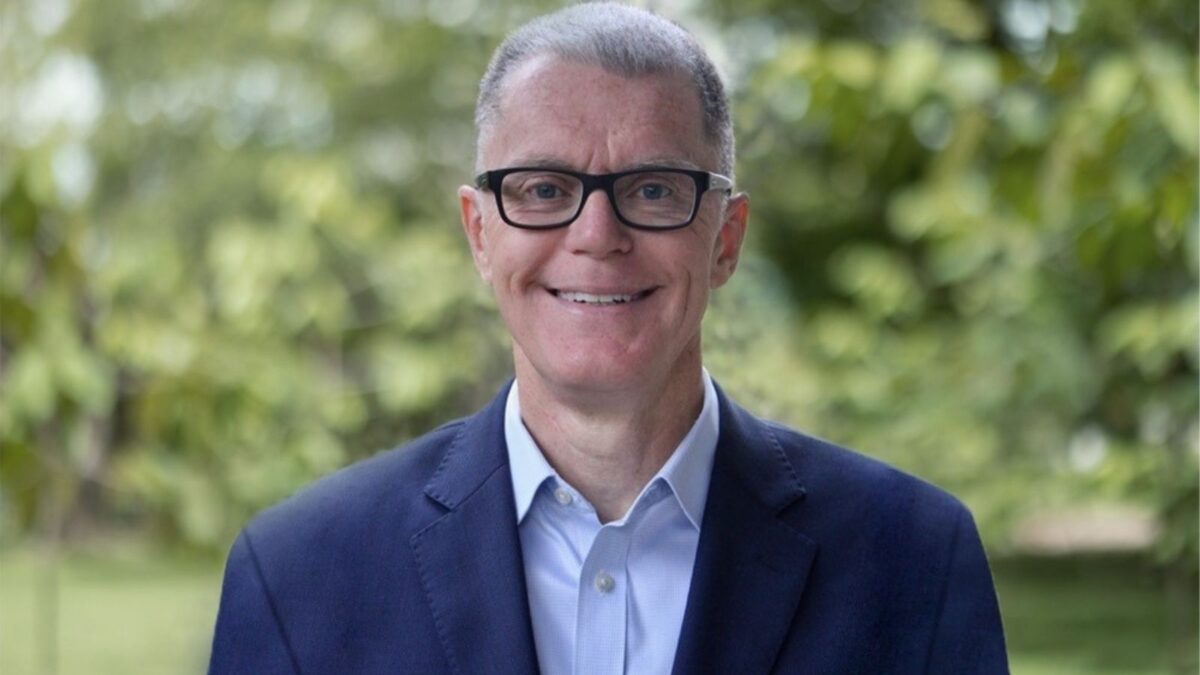How to get the most out of emerging market debt
The odds are that the overall market returns from emerging market debt strategies – their beta – will be more subdued in the next couple of years than the recent past. But the allocations are just as necessary for yield-hungry investors. Here’s what one specialist manager suggests investors should do.
Denise Simon, who has been involved in emerging market debt (EMD) investing since 1994, the last seven years as a managing director and portfolio manager in the EMD team at Lazard Asset Management, says that the current conditions and outlook for emerging markets most suit an unconstrained strategy.
Emerging markets are not homogenous at the best of times and, following the ups and downs surrounding the Trump election, including its impact on the US dollar, the dispersion in returns for EMD between countries is likely to be even greater.
New York-based Simon said on a visit to Australia last week that despite episodes of turbulence over the years, long-term investors in EMD have been well rewarded for exposure to the beta.
“However, we believe that the asset class is in the early stages of a new phase where performance will be driven more by alpha than beta,” she said. “We believe that emerging markets fundamentals will continue to improve against a backdrop of better growth. But the variation in the performance of individual countries and currencies is likely to increase.”
In a recent paper, “Optimising an Allocation to Emerging Markets Debt”, written by Simon’s team, the firm believes the recovery among emerging markets will be uneven as the US reflates and the rest of the developed world has more rapid growth.
“The shifting landscape is likely to have a profound and varied effect on emerging markets economies and investor sentiment, resulting in significant performance dispersion between the so-called winners and losers,” the paper says.
This means that the standard benchmarks will be more challenged than usual by duration, US dollar strength and significant underperformance by certain countries – favouring a total return approach to investing.
For instance the external debt benchmark has an average duration of 6.7 years, which means even a modest rise in interest rates could generate capital losses that erode the positive carry.
On single country underperformance, Lazard point out that in the last quarter last year, Turkey and Mexico, which combined make up 20 per cent of the local currency index, returned minus 18 per cent and minus 11 per cent respectively. An investor which hugged the benchmark would have had a capital loss of nearly 3 per cent for the quarter.
[Both countries have had subsequent recoveries, although Turkey remains more volatile for geopolitical reasons.]
Simon said: “We don’t want to be forced into a duration of nearly 7 per cent when the index is 53 per cent correlated to US interest rates.”
She also points out the unusual nature of the main index, whereby a country’s weighting is determined, up to a maximum of 10 per cent, by its indebtedness, which usually means weak fundamentals.
As countries have improved, they have been able to turn out a lot of their debt. Many now have no dollar-denominated debt.
In its total return EMD strategy, Lazard is currently spending 80 per cent of its risk budget, with “fairly modest duration” and a roughly 50:50 exposure to local currency and dollar-denominated debt.
“We balance between return and volatility,” Simon says.









